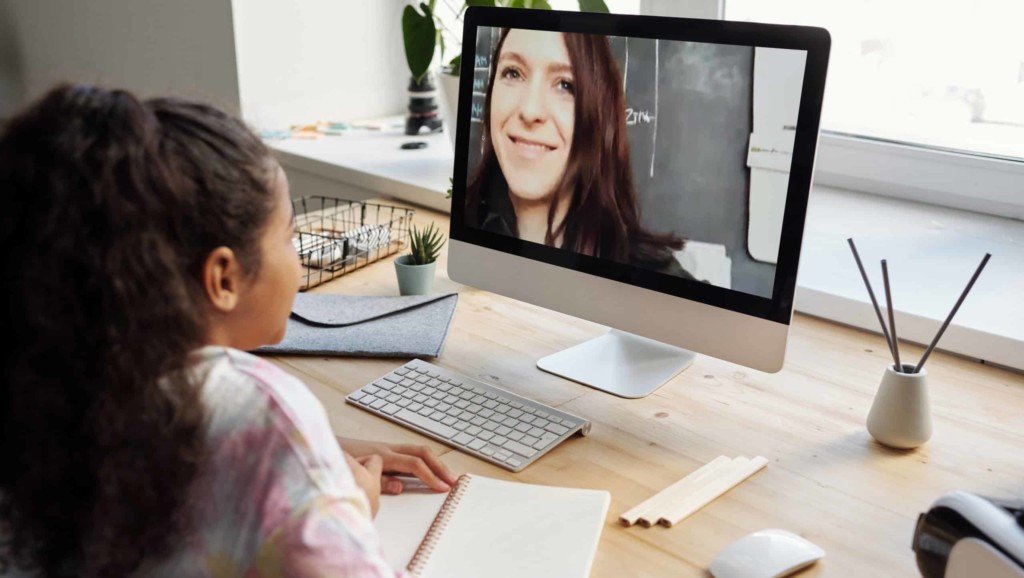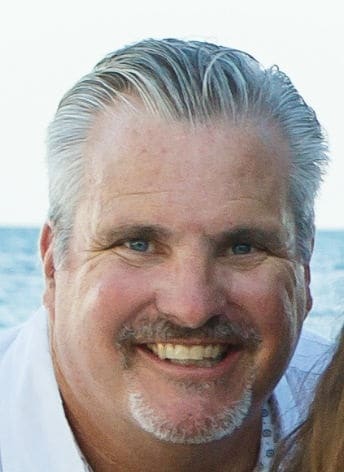3 Ways Leaders Can Create The Conditions for Deeper Learning

Project-based learning is becoming the way many educators and educational leaders are beginning to view the future of instructional pedagogy.
When teachers, leaders, schools and districts become more project-based focused, they often tend to aim their attention at targets such as professional learning, scheduling, cohorts, collaborative teams, courses, technology and graduate profiles. These are all important. However, sometimes we forget that nothing is typically successful – or least optimized or maximized – unless there is an authentic culture to support it.
In order for teachers to serve as facilitators of learning, while students own and lead their learning, a different type of learning environment is required. And that’s made possible by a discreetly different culture than is traditionally found. Here are three ways school leaders can create the conditions for deeper learning:
1. Start At The Beginning
How we start and end things says a lot about who we are. Projects, in a healthy PBL culture, typically have entry events or launches where we do something significant (field work, guest speaker, simulation, activity, etc.) in order to engage our students. If we’re not excited and they’re not excited – from the beginning – it will be tough to make it through the project design and implementation process.
Many schools have realized that the beginning of school is not a place to just start academic work, but rather to establish a mindset focused on a culture of learning. One approach, that was created at my previous school with colleague Jon Corippo, was Smart Start. Our entire first week of school was dedicated to culture building to prepare for academic work. At week’s end, we had collaboration, relationships, reduced affective filters, connections, public and professional work and true community.
Another format some school leaders are implementing is starting the school year off with a schoolwide design challenge. It will immediately introduce to students and teachers the concepts of problems solving, collaboration, risk-taking and going public with work. Several school site leader colleagues of mine have done things similar to this the first week of school to set a PBL culture from day one.
2. Promote, Push Public Work
Taking student work public by showcasing, exhibiting and sharing projects publicly is foundational to project-based learning. It connects to PBL pedagogy such as authenticity, reflection, critique and revision. It also tends to get students to buy-in more, have legitimate portfolio examples, and ultimately allows them to connect and network to professionals and the greater community.
Creating these public opportunities can be a burdensome lift for individual teachers, while site leaders ideally have the capacity. Here is a list of things that leaders can do to create public options for students:
- Organize and facilitate school wide showcases, exhibitions
- Invite the community to these events
- Share and promote student work on site and district digital spaces – websites, social media
- Schools can feature student work at any or all school events (sports events, open houses, back-to-school nights, meetings, fundraisers, etc.)
- Leaders can work with teaching staff to implement school wide portfolios for student work
- Encourage and incentivize students and teachers to submit student work to local, regional, national and international contests. There are hundreds of contests for students to enter media projects, writing, design, presentations and more. They may get scholarship monies or prizes. But the real intent is not winning, but competing in the real world.
- Invite and coordinate students presenting at school board meetings, as well as other governing or leadership organizations.
- Communicate and share student work with local media outlets.
3. Culminate, Celebrate
Beyond how we start, how do we conclude projects in a pbl culture? These should not only be opportunities for showcasing and exhibiting our best work to the public, but also an opportunity to reflect and celebrate. This can take on many shapes and forms. Leaders have the ability to set the tone in terms of how students work climates and get celebrated.
John Dewey, one of America’s original educational reformers, posited early on that “We do not learn from experience … we learn from reflecting on experience.” What Dewey was suggesting was that real learning, i.e., deeper learning and higher-level thinking, was going to stem from the metacognitive process of thinking about what we’ve learned.
We need to create systems where students have to not only do regular presentations, but also practice reflective learning in regular semester or annual presentations. If it’s good enough for graduate students and doctoral candidates, it’s good enough for all students. Many classes, programs and schools have started to have their students do Final Reflective Oral Presentations – Defense of Learning – in order to capture this deeper learning experience. My former school – Minarets HS / Minarets Charter HS – designed a year-end portfolio presentation students would do each year entitled the Personal Brand Equity. This culminating project not only required them to analyze and assess their learning and best work, but also do the same for them as a growing, learning and ever-improving young adult (skills focus). Reflection, presenting and teaching will represent the highest form of learning these students can both experience and demonstrate.
Final Focus
Transitioning to a more project-based pedagogy can be challenging and overwhelming for all of us. But remember that beyond the curriculum and instruction, we all need to dedicate discrete time and energy to the culture that will help create and cultivate the environment where PBL can not only survive, but truly thrive.
For more, see:
- How To Create & Cultivate A PBL Culture
- 4 Truths About Effective PBL Leaders
- The 3 Preconditions of PBL
Stay in-the-know with innovations in learning by signing up for the weekly Smart Update.






0 Comments
Leave a Comment
Your email address will not be published. All fields are required.